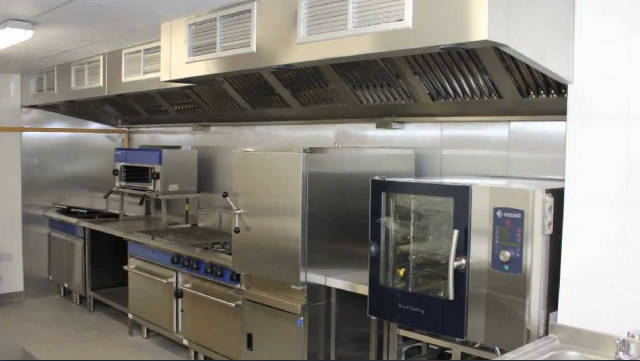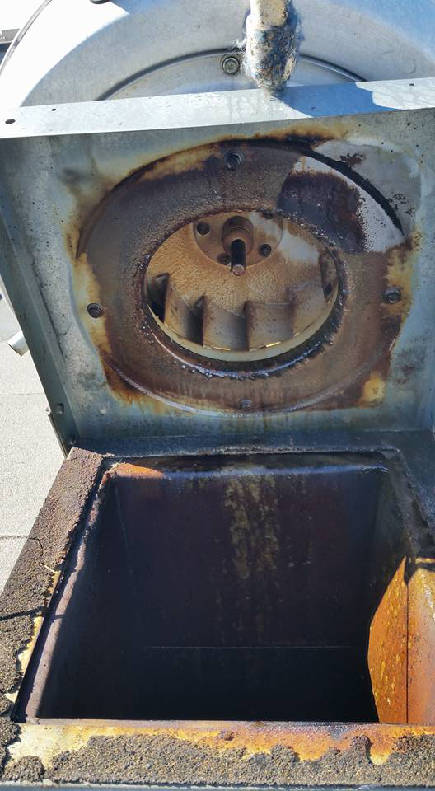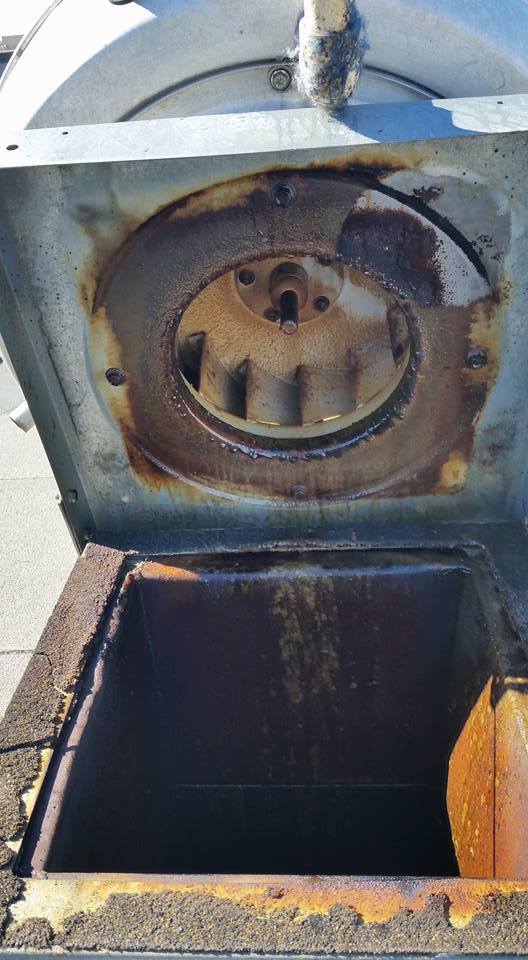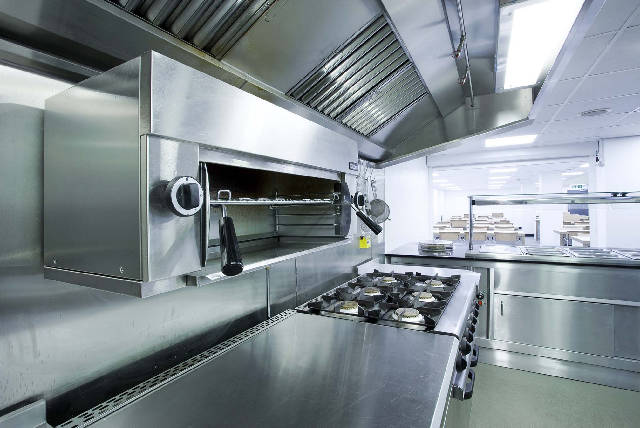Optimizing Kitchen Design to Enhance Hood Cleaning Efficiency
Maximizing Efficiency with Smart Kitchen Design
Designing a commercial kitchen is no small task. From workflow dynamics to meeting health and safety regulations, every facet affects how smoothly your restaurant operates. One aspect often overlooked is how kitchen design impacts the ease and efficiency of hood cleaning. Maintaining a clean and safe cooking environment is paramount, especially in a bustling location like San Jose. Let’s dive into how thoughtful kitchen design can make exhaust hood cleaning not just manageable, but downright effortless.
Understanding the Role of Kitchen Hoods
Before discussing design strategies, it’s crucial to understand the vital role kitchen hoods play. Hoods are responsible for ventilating heat, smoke, grease, and odors, which means they are at constant risk of accumulating grime. Over time, this can affect the performance of the hood and create potential fire hazards. That’s why efficient commercial kitchen hood cleaning is indispensable, serving not just performance but also safety mandates.
Strategic Placement Matters
The very first step in simplifying restaurant hood cleaning involves strategically placing hoods in your kitchen layout. The best kitchen designs account for workflow efficiency while ensuring hoods are easily accessible for cleaning and maintenance. Keep these design considerations in mind:
- Central Positioning: Placing hoods centrally in the kitchen ensures equal coverage for all stations. This not only improves the extraction efficiency but also simplifies the cleaning efforts.
- Adequate Space: Ensure there’s ample space between high-usage cooking stations and the hood. More room means fewer drips and stains, making regular cleaning less of a chore.
Materials Make a Difference
The materials used in your kitchen’s construction can have a profound impact on hood cleaning. For instance, stainless steel is not only durable but also easy to wipe clean, reducing build-up over time. Here are some material considerations to enhance your hood cleaning efforts:
- Non-Porous Surfaces: Non-porous, smooth surfaces are ideal as they resist grime accumulation and are easier to sanitize.
- Heat-Resistant Aliquots: Materials that withstand high temperatures near the hood will reduce distortion and wear, facilitating more thorough clean-ups.
Prioritizing Accessibility
In addition to strategic placement and material choice, optimizing accessibility significantly impacts San Jose Hood Cleaning efficiency. Designs that consider ease of access simplify routine cleanings and inspections:
- Removable Filters: Choose hoods with filters that are easy to remove, clean, and replace. This will reduce downtime and improve safety.
- Open Design: An open kitchen layout allows staff to access the hood easily, enhancing their ability to perform frequent cleaning and inspections.
Technology to the Rescue
In today’s technologically advanced world, embracing innovation can lead to more efficient kitchen operations. Consider the following technological upgrades to simplify your restaurant hood cleaning:
- Smart Sensors: Install hoods with smart sensors that alert you when cleaning is due. This predictive maintenance can avert smoke hazards while ensuring maximum hood efficiency.
- Auto-Cleaning Features: Some high-end hoods come with auto-cleaning features that lower maintenance time while providing a more thorough clean.
Expert Advice for Optimized Design
Optimal kitchen design doesn’t happen by accident. Collaborating with experts in kitchen design and commercial kitchen hood cleaning can provide insights that save time and money in the long run:
- Consult Design Specialists: Work with professionals who understand the unique requirements of restaurant kitchens and can optimize space while enhancing cleaning efficiency.
- Seek Hood Cleaning Professionals: Establish a routine cleaning schedule in collaboration with experienced hood cleaning professionals in San Jose.
The San Jose Advantage
San Jose is a vibrant area with a competitive food industry. Restaurants here can benefit greatly from a well-thought-out kitchen design to ensure they maintain high cleanliness standards while streamlining their operations. Integrating an efficient design not only makes San Jose Hood Cleaning easier, but it also enhances the overall dining experience by ensuring that meals are prepared in a safe and clean environment.
Conclusion
Efficient restaurant hood cleaning hinges on a thoughtfully designed kitchen. By focusing on strategic hood placement, materials, and technological advancements, as well as consulting with industry experts, restaurant owners can enjoy a streamlined process. San Jose offers numerous resources for optimizing kitchen design, making it easier than ever to keep your kitchen safe and efficient. Don’t leave your cleaning processes to chance; a well-crafted plan will yield long-term rewards in safety, performance, and peace of mind.







